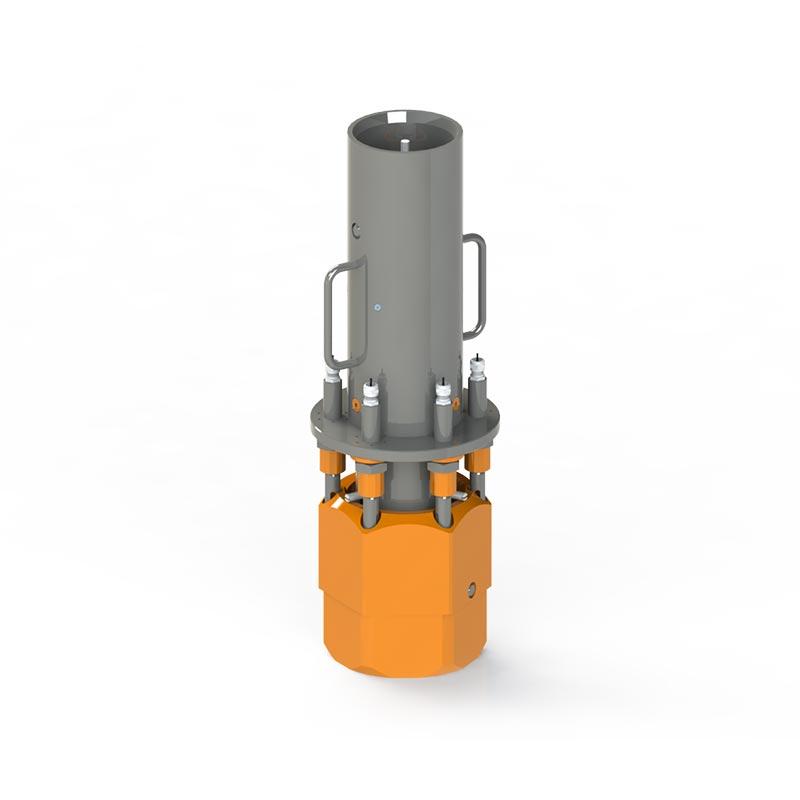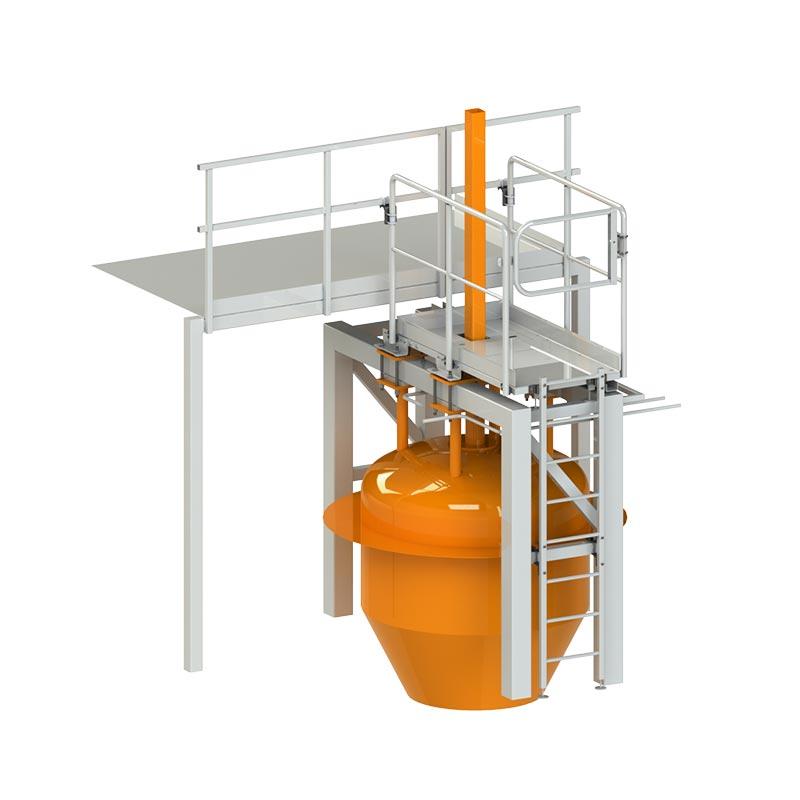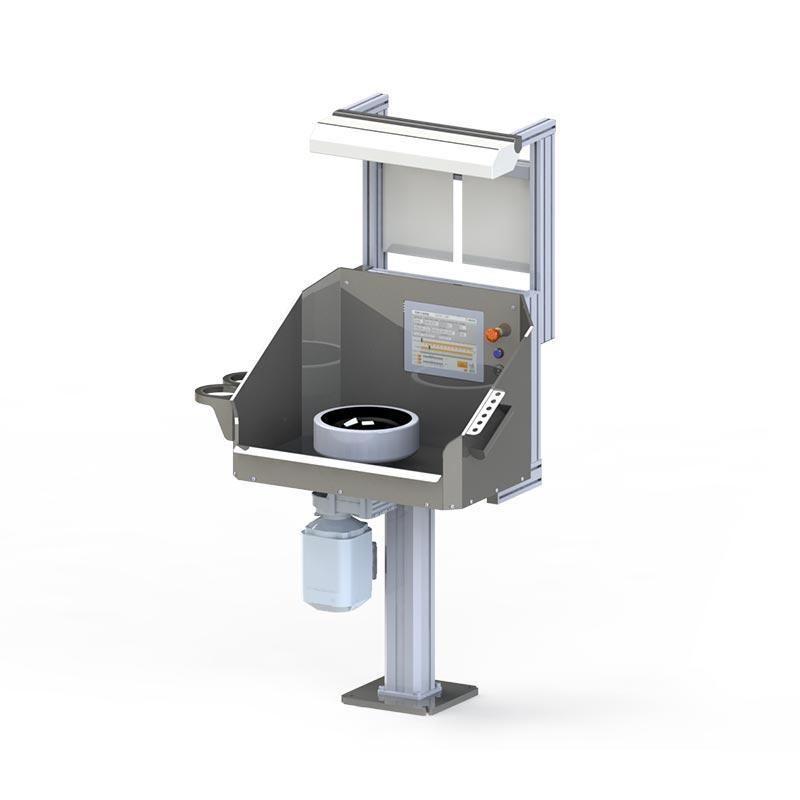What is a strength calculation?
Strength calculation is the process of analysing the ability of structures and materials to withstand different loads. In practice, this means examining how well a material or structure can withstand tension, compression, bending and shearing. Strength calculations help you predict how structures will behave under different conditions and ensure that they meet safety requirements.
The process is based on mathematics and physics. It uses a variety of calculation methods and software to simulate the behaviour of structures and optimise their design. This makes strength calculation a very useful tool for engineers and designers.
One of the main objectives of strength calculation is to prevent failure of materials and structures. This is done by analysing the loads and stresses that can cause fractures, deformations or other damage. In this way, you can ensure that structures can withstand the intended operating conditions and function safely throughout their life cycle.
The strength calculation also helps you optimise the use of materials. When you know exactly how much load a structure can withstand, you can use just the right amount of material – not too much and not too little. This saves costs and reduces the environmental impact.
The importance of strength calculation in different industries
Strength calculations are an important part of many industries, including construction, engineering, aerospace and automotive. In the construction industry, strength calculations ensure that buildings and bridges can withstand the loads they are subjected to, such as wind, snow and earthquake forces. This is particularly important when designing tall buildings or other large structures.
In the engineering industry, strength calculations help to design machines and equipment that can withstand the stresses of the operating conditions. When your machines operate reliably and safely, you significantly reduce downtime and maintenance costs. This improves productivity and profitability.
In the aerospace industry, strength calculations are particularly important in the design of aircraft and spacecraft, which need to withstand extreme conditions and loads. During take-off, turbulence and landing, aircraft are subjected to strong forces that must be predicted and controlled.
In the automotive industry, strength calculations ensure that vehicles are safe and durable. This includes simulating crash tests and optimising structures to protect occupants in the event of an accident. Strength calculations also help you reduce vehicle weight, which improves fuel efficiency and reduces emissions.
In the energy industry, strength calculations are important for the design of wind turbines, power plants and oil drilling equipment. These structures are constantly subjected to changing loads and weather conditions, so their durability is essential for safe operation.
Basic tools and methods for strength of materials calculations
A wide range of tools and methods are used for strength calculations, the most important of which are analytical calculation methods, numerical simulations and experimental tests. Analytical methods are based on mathematical formulae and theories that allow you to calculate stresses and deformations in structures. These methods are often used for simple structures and basic calculations.
Numerical simulations, such as the finite element method (FEM), are powerful tools for analysing complex structures. The FEM method divides a structure into small parts, called elements, and calculates their behaviour separately. This allows accurate and detailed analyses, which is particularly useful for complex and irregular structures.
Modern CAD software often includes integrated strength calculation capabilities. This means that you can perform strength calculations directly from a 3D model, which significantly speeds up the design process. The software can visualise stresses and deformations in colour, making it easier to interpret the results.
Experimental tests are also an important part of strength calculations. They allow you to verify the accuracy of your calculations and simulations and to study the behaviour of materials and structures under real conditions. Experimental tests can include tensile tests, compression tests and fatigue tests to measure the strength properties of materials and structures.
Modern measurement techniques, such as strain gauges and digital image correlation, provide accurate information on the behaviour of structures during tests. These techniques allow real-time monitoring and accurate measurement results.
Steps in the strength calculation
The strength calculation process usually starts with the definition of needs and requirements. This includes the identification of loads, operating conditions and safety requirements. Next, you select the appropriate materials and design structures to meet these requirements. Analytical methods and numerical simulations are often used at this stage.
The first step is to identify all possible types and magnitudes of loads. This can include static loads, such as gravity, and dynamic loads, such as forces caused by wind or machine vibration. Environmental conditions, such as temperature and humidity, can also affect the properties of materials.
In the next step, you will carry out more detailed calculations and analyses to ensure the strength and durability of the structures. This may include stress analyses, deformation analyses and fatigue analyses. These calculations allow you to optimise the design of the structures and ensure that they meet all requirements.
In a stress analysis, you investigate how much stress was generated in the structure under different loads. In deformation analysis, you look at how much the structure changes shape under load. In fatigue analysis, you estimate how long the structure can withstand repeated loads.
In the final step, you will carry out experimental tests to verify the accuracy of your calculations and simulations. These tests also allow you to study the behaviour of the structures under real conditions and ensure that they work as designed. Based on the results of the experimental tests, you can make any necessary changes to the design of the structures to improve their strength and durability.
Documentation is an important part of the whole process. You should document all calculations, assumptions and tests so that the results are traceable and reproducible. This is particularly important for safety-critical applications where regulatory approval is required.
Hefmec has been involved in many successful projects where strength calculation has played an important role. For example, in the design of lifting equipment, strength calculations have helped to ensure that the equipment can withstand the loads placed on it and operate safely. This has improved our customers’ productivity and reduced downtime, resulting in significant economic benefits.
Contact us and tell us your needs, and together we can create a more productive tomorrow.









